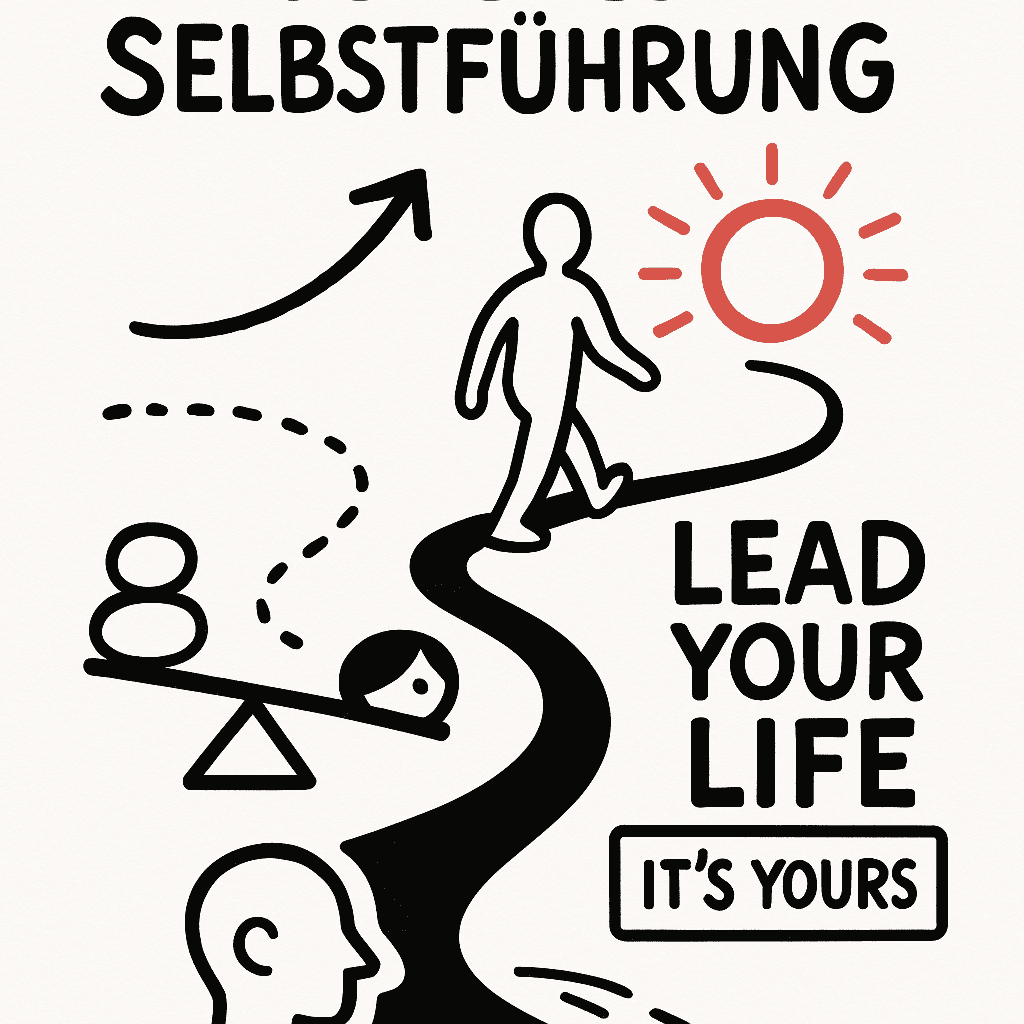🎯 1. Goals
- Successful Person: Build sustainable wealth, independence, impact, and legacy.
- Unsuccessful Person: Seek short-term satisfaction, avoid responsibility, no clear legacy.
🚀 2. Strategic Actions
- Successful Person
- Clear life vision + measurable goals.
- Invest early in skills, relationships, and assets.
- Build multiple income streams (business, real estate, intellectual property).
- Maintain low liabilities, high savings, and reinvest profits.
- Unsuccessful Person
- No planning, living paycheck-to-paycheck.
- Consumption > investment.
- High reliance on debt.
- No asset accumulation, little discipline.
📑 3. Profit & Loss (Life P&L)
Successful Person
- Revenue (Income): High salary, side business, dividends, royalties.
- Expenses: Controlled lifestyle expenses, strategic reinvestment.
- Net Result: Positive surplus year after year.
Unsuccessful Person
- Revenue (Income): Single unstable job income.
- Expenses: Consumption-driven, no budgeting.
- Net Result: Frequent deficits, debts pile up.
💶 4. Cash Flow Streams
Successful Person
- Operating Cash Flow: Strong, diversified (job + business + investments).
- Investing Cash Flow: Consistent outflow into assets that later generate inflows.
- Financing Cash Flow: Minimal reliance on debt, sometimes using smart leverage.
- Net Cash: Always positive, liquidity cushion maintained.
Unsuccessful Person
- Operating Cash Flow: Weak, unstable job.
- Investing Cash Flow: Nearly zero (no assets purchased).
- Financing Cash Flow: Heavy debt service, credit card payments.
- Net Cash: Chronic shortages, liquidity crises.
🏦 5. Balance Sheet
Successful Person
- Assets: Real estate, business shares, intellectual property, retirement fund, cash reserves.
- Liabilities: Low, mostly strategic (e.g., a mortgage).
- Equity (Net Worth): Strong, growing exponentially.
Unsuccessful Person
- Assets: Few, depreciating (car, gadgets).
- Liabilities: High (consumer debt, loans).
- Equity (Net Worth): Negative or stagnant.
🔑 6. Conclusion & Critical Trigger Points
✨ Successful Person
- Trigger 1: Early habit of saving & investing.
- Trigger 2: Building multiple income streams.
- Trigger 3: Asset-light business or IP creation.
- Trigger 4: Managing risk, avoiding debt traps.
- Trigger 5: Continuous learning & adapting to change.
➡ Legacy: Financial independence, family security, societal contribution.
⚠️ Unsuccessful Person
- Trigger 1: Living beyond means.
- Trigger 2: No diversification of income.
- Trigger 3: Debt compounding, no repayment plan.
- Trigger 4: No investments, relying only on salary.
- Trigger 5: Ignoring health, knowledge, and opportunity investments.
➡ Legacy: Debt, dependency, lack of impact, unfulfilled life.
Lifetime Legacy: Successful vs. Unsuccessful Person (with Numbers + Trend)
🌟 Successful Person
| Phase | P&L (Net Profit) | Cash Flow (End Cash) | Balance Sheet (Net Worth) |
|---|---|---|---|
| Build-Up | +20 | +15 | +50 |
| Expansion | +80 | +120 | +600 |
| Legacy | +100 | +250 | +1,200 |
Legacy: Sustainable wealth, independence, family security, societal contribution.
⚠️ Unsuccessful Person
| Phase | P&L (Net Profit) | Cash Flow (End Cash) | Balance Sheet (Net Worth) |
|---|---|---|---|
| Build-Up | -5 | -10 | 0 |
| Expansion | +5 | -20 | -50 |
| Legacy | -15 | -30 | -100 |
Legacy: Debt, dependency, financial stress, no lasting impact.
📈 Net Worth Trend (€000s)
Successful
Unsuccessful
|
Phases: Build-Up → Expansion → Legacy
Note: Values are illustrative. Positive values above baseline; negatives dip below.
🔑 Critical Trigger Points
Successful Triggers
- Early saving & investing habits
- Diversified income streams
- Creating businesses / IP
- Risk & debt management
- Continuous learning & adaptation
Unsuccessful Triggers
- Living beyond means
- Single income dependency
- Debt compounding
- No asset building
- Ignoring health & knowledge

